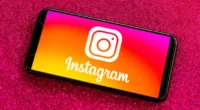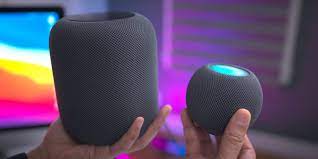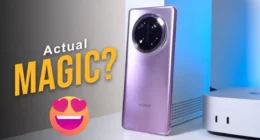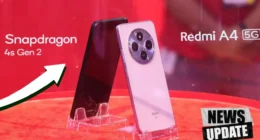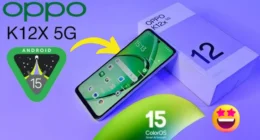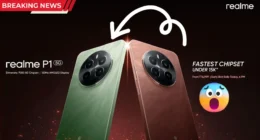Apple may take some time to absorb and use technology developed by Android makers. On the other hand, when Apple themselves introduces something new, the Android community responds swiftly. The most recent instance is Apple’s iPhone 14 series, which enabled smartphone access to satellites using satellite-based technology.
The iPhone’s ability to send SOS messages via satellite in locations without carrier coverage is a true change in the way we interact with mobile devices today. There is no need to explain the benefits of this technology, but the question is how soon it will be embraced commercially in markets throughout the world, given that it is presently only available in the United States and a few other nations.
Qualcomm, a top semiconductor designer for the smartphone market, revealed a technology named Snapdragon Satellite, following in Apple’s footsteps. In the second half of 2022, their most recent chipset, Snapdragon 8 Gen 2, will gain the ability to communicate with Iridium satellites. As a result, Android manufacturers will be able to introduce a similar service to the one introduced by Apple with the iPhone 14, with the exception that Android users will be able to create messages on the spot, whereas iPhone users can only use predefined ones.
Obviously, the availability of this technology does not imply that every Android device will incorporate it. Specifically, it will depend on each particular manufacturer whether or not they offer this function in their vehicles.
It is reasonable to believe that this technology will be available in pricey gadgets, even if expectations are unrealistic. We remain certain that Nokia will be among them.
Related Articles:
Apple Satellite Messaging Feature Is Competing with Qualcomm
Ring In-Car Security Camera Makes Its Official Debut.

